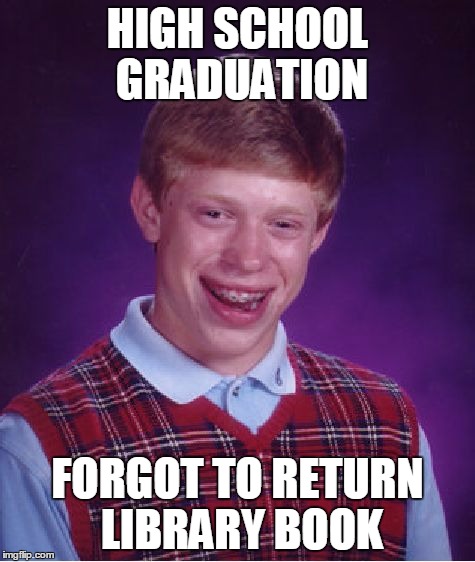

The Economist article also highlights Kaur’s accompanying illustrations to her poems, which are the aesthetic part of her Instapoet “package.” An example is the minimalist line drawing of the huddled-up girl that illustrates the struggle described in the poem above. Concise, digestible, shareable-these adjectives show that what readers love about Kaur’s poetry is how universally accessible it is. This can be seen even in a book review of milk and honey, which states: “A poem by Kaur that reads ‘fall / in love / with your solitude’ is immediately digestible” (French). Indeed, Kaur’s poem exhibited above articulates what she felt when leaving an unhealthy relationship: “i left cause the / longer i stayed the less / i loved myself.” And clearly, this resonates with thousands of people, seen in the number of likes and shares. It is “shareable” because poets like Kaur are able to “articulate emotions that readers struggle to make sense of” (“Rupi Kaur Reinvents Poetry”). It explains Kaur’s popularity as a re-birth of the genre of poetry itself, now coming in a “package” that is short and, more importantly, can be shared. Poetry is in the midst of a renaissance, and is being driven by a clutch of young, digitally-savvy “Instapoets”, so-called for their ability to package their work into concise, shareable posts. Due to Kaur’s rise to stardom, it states, The nature of Kaur’s popularity is so unprecedented that it has even caught the attention of the press, reaching the ranks of The Economist, an esteemed magazine-format newspaper that publishes on current affairs but also comments on culture. Why has the verse from such an acclaimed poet on Instagram also been used as fodder for memes on the Internet? Understanding these seemingly divergent trends on social media requires us to delve into why Kaur’s poetry was so popular in the first place.

While her popularity as an Instapoet continues to soar, memes continue to emerge that caustically mimic her art. Many others have hopped onto the bandwagon, creating memes by reworking Kaur’s simple words, or just by writing their own randomly enjambed verses and signing off with the trademark “- rupi kaur” at the end. In the specific example above, it has changed the poem’s subject to the common experience of overworked fatigue at the university library. A recent trend has been the Rupi Kaur meme, which involves editing pages from Rupi Kaur’s poetry collection to suit another context (“Milk and Honey Parodies”). In contrast, the image on the right is from the Columbia University meme page on Facebook, one of many university pages in which students post relatable content about common experiences in university life.

Her popularity and charismatic presence are indisputable, even reaching levels of worship journalist Rob Walker observes that fans fall “under her spell” during her poetry performances (Walker). She is even dubbed an “Instapoet,” a label that refers to her catapult to publishing fame through the use of social media (Qureshi). This has garnered attention for the 25-year-old, born in Punjab, India, and raised in Canada. On top of millions of followers behind her (and zero on her following count), her published book milk and honey has become a New York Times Bestseller poetry collection, which is “almost unheard of for a first-time writer, let alone a first-time poet” (Walker).

Kaur’s Instagram page is filled with such posts, alternating between posts of her poetry and pictures of herself. These words, short and simple, have racked up 7,574 likes (as of ), followed by hundreds of comments in which fans tag their friends, claiming “the feels are so real” and “this is deep” (Kaur). The post features one of her illustrated poems, selected from her book of poetry milk and honey, accompanied by a single hashtag (#love) as its caption. The image on the left is a post on Instagram, made by poet Rupi Kaur.


 0 kommentar(er)
0 kommentar(er)
